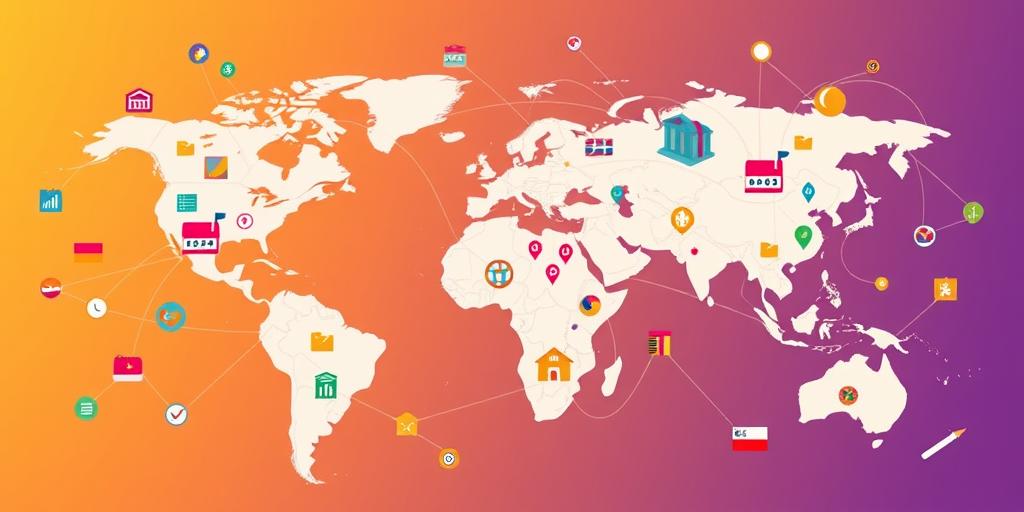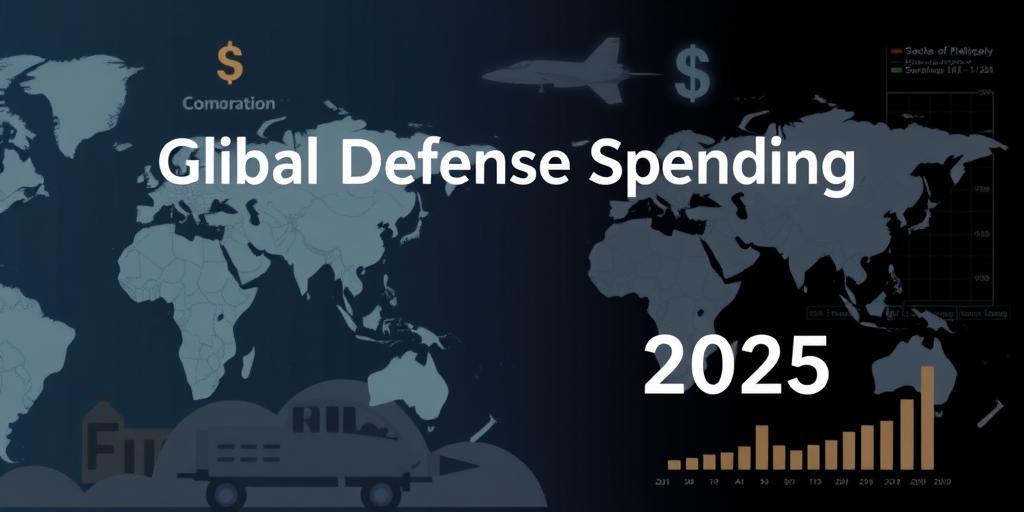The Role of Small and Medium Enterprises (SMEs) in the Global Economy (2025)
Explore the pivotal role of Small and Medium Enterprises (SMEs) in the global economy as we approach 2025. Learn about their impact on job creation, innovation, and economic growth.

The Role of Small and Medium Enterprises (SMEs) in the Global Economy (2025)
Alright, let's dive into something super important but often overlooked: Small and Medium Enterprises (SMEs). These aren't just your local coffee shops or that cool startup you saw on Instagram; they're actually the backbone of the global economy, especially as we roll into 2025. Seriously, these guys are a big deal.
What Exactly Are SMEs?
First off, what are we even talking about? SMEs are businesses that maintain modest revenue, assets, or a number of employees. Numbers vary by country, but generally, we’re looking at companies with fewer than 500 employees. Easy enough, right?
Why Should You Care?
- Job Creation: SMEs are job-generating machines! They create a massive chunk of employment worldwide. In many countries, they account for over half the jobs. That’s huge!
- Innovation Central: Big companies get all the headlines, but SMEs are where a lot of the magic happens. They’re nimble, quick to adapt, and often at the forefront of new ideas and technologies. Think about it—where do you see the coolest, most disruptive stuff coming from? Startups, baby!
- Economic Growth: SMEs contribute significantly to the GDP of pretty much every country. They’re not just bit players; they’re key drivers of economic growth.
- Local Vibes: SMEs keep things local. They support communities, preserve local culture, and often reinvest back into their neighborhoods. That’s something you don’t always get with multinational corporations.
SMEs in 2025: What’s the Buzz?
So, why are SMEs particularly crucial in 2025? A couple of reasons:
- Tech is leveling the playing field: Cloud computing, e-commerce platforms, and social media marketing mean even the smallest business can compete globally. It's easier than ever to start, scale, and reach customers worldwide.
- The world wants unique stuff: Consumers are increasingly looking for authentic, unique products and experiences. SMEs are perfectly positioned to deliver that, offering specialized products and services that larger companies often can’t or won’t provide.
- Sustainability matters: Smaller businesses are often more agile and able to adopt sustainable practices. This is a massive advantage as consumers and governments increasingly prioritize eco-friendly options.
Challenges, Though
It’s not all sunshine and roses, though. SMEs face some serious challenges:
- Money, money, money: Access to funding is a perennial issue. Banks can be hesitant to lend to smaller businesses, and venture capital is typically focused on high-growth tech startups.
- Regulation overload: Navigating regulations and compliance can be a nightmare, especially when dealing with different countries. It's a ton of paperwork, and it can be overwhelming.
- Talent crunch: Attracting and retaining skilled employees can be tough when you can’t offer the same salaries and benefits as larger companies.
The Future is Bright (and Small)
Despite these challenges, the future looks promising for SMEs. They’re adaptable, innovative, and essential for a thriving global economy. As we move towards 2025, expect to see SMEs playing an even bigger role. Keep an eye on them—they’re the ones changing the game, one cool idea at a time.
So, next time you grab that latte from your local cafe or admire that handcrafted product from an online store, remember you’re supporting something way bigger than just a small business. You're fueling the global economy! How awesome is that?








